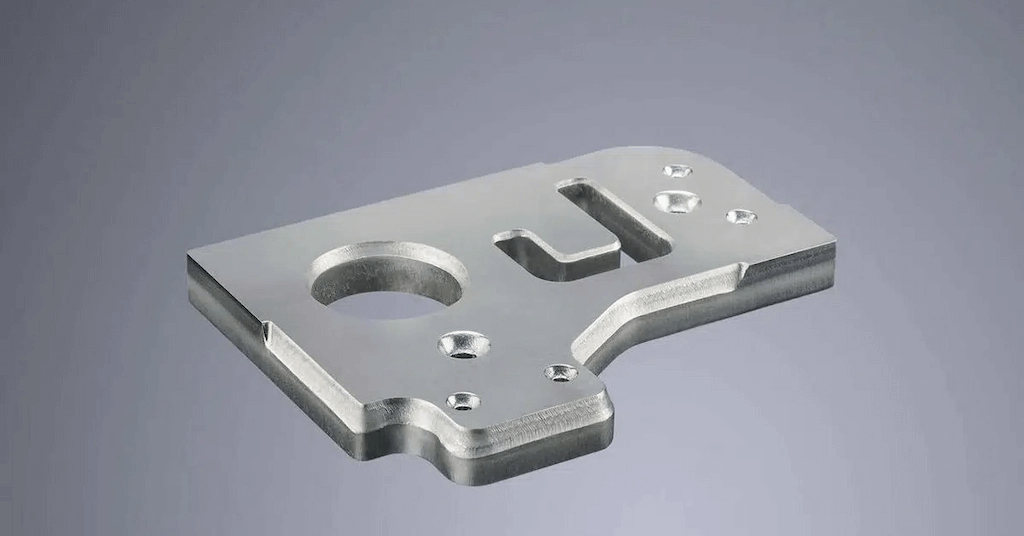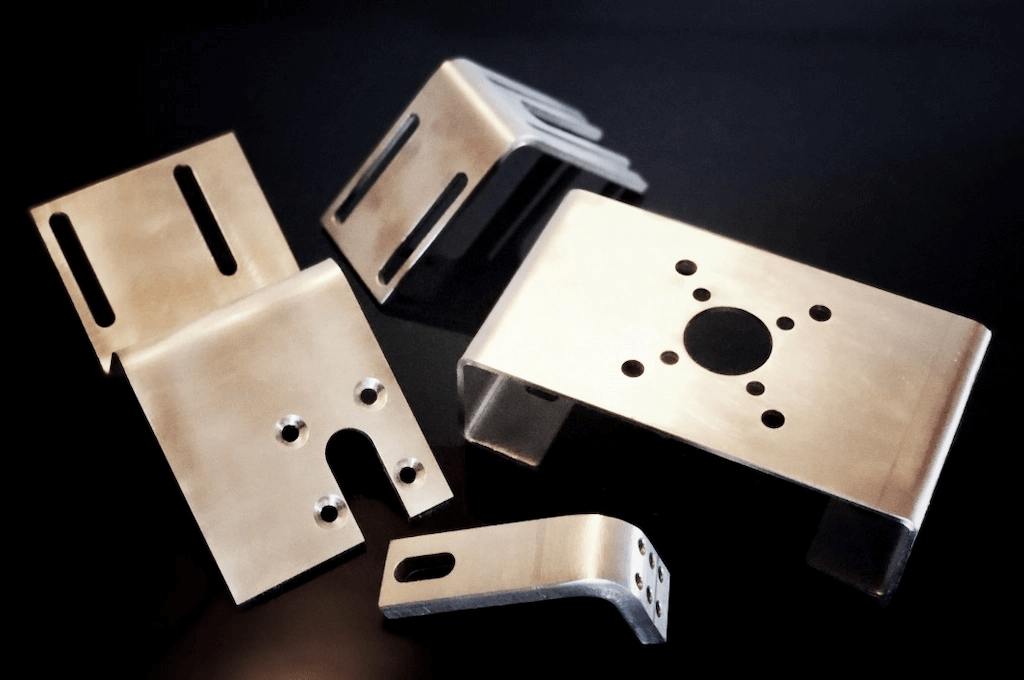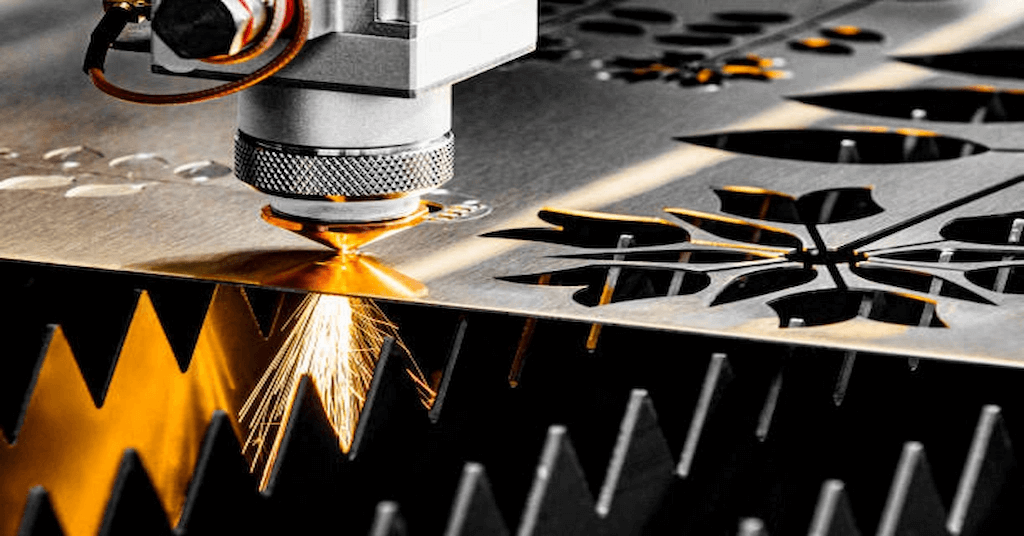Basic knowledge of laser cutting sheet metal
Almost all metals and alloys are suitable for laser cutting of sheet metal, except those that produce fumes during the cutting process. The most common are steel, aluminum, copper, and titanium. In addition, both CO2 and fiber lasers can process metal workpieces. Now let’s discuss the three main types of metal laser cutting sheet metal projects.
Steel
Lasers can cut steel into sheets 10 mm or thicker. Precise and smooth steel laser cutting benefits automotive, shipbuilding, and other industrial applications. In addition, lasers preserve steel’s properties, such as strength and flexibility.
1.Auto body parts
2.Shipbuilding steel plate
3.HVAC components
4.Machining Tools and Dies
5.Signage and lettering
6.Intricate decoration

Aluminum
Another popular material for laser cutting is aluminum, a lightweight, high-strength metal with excellent corrosion resistance and moderate ductility. The softness of aluminum allows laser machines to cut quickly (20 to 35 mm/sec). However, it may leave a small amount of burrs on the cutting surface. For the reflectivity of aluminum surfaces, CO2 lasers are relatively more suitable.
1.Aviation parts
2.Satellite components
3.Bicycle frame
4.Car panel
5.Electronic product casing
6.lamps
7.Marine hardware parts
8.Solar panel frame

Titanium
Titanium is a hard and strong metal that is often used in high-performance applications. Its hardness also affects the cutting process and limits the maximum cutting thickness. However, high-powered lasers using assist gas can effectively cut complex features with tight tolerances in titanium. In addition, titanium laser cutting produces a smaller heat-affected zone than other types of sheet metal. Cutting speeds range from 5 to 20 mm/s.
1.Aircraft engine and airframe components
2.High performance automotive parts
3.Medical implants, such as hip and knee replacements
4.Chemical process equipment
5.Military armor and parts
6.Protective housings for high voltage applications
